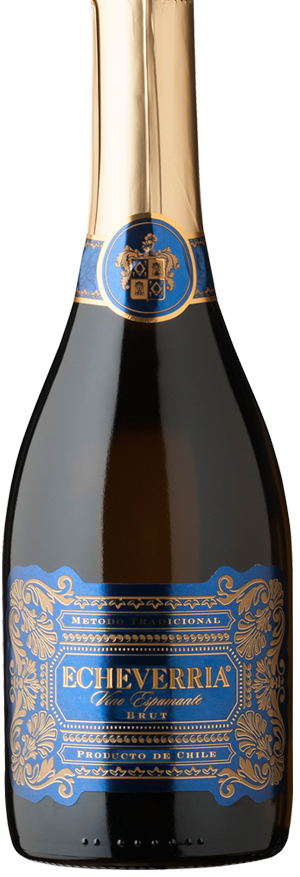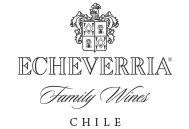
Vineyard
- Valley: Central Valley (Entre Cordillera)
- Soil: Alluvial in origin. Clay loam with the presence of stones at 80cm. Fertile soils allow the vines to express all their vegetative and fruit potential.
- Altitude: 243m above sea level.
- Weather: Mediterranean with a long, dry summer season and intense sunlight. Marked DTR (Diurnal Temperature Range, or difference between day and night temperatures), key for assisting the development of flavors.
- Annual rainfall: 600mm average during winter, mostly between June and August.
The vineyards at Viña Echeverría are located in the Curicó Valley, at the 35th parallel south, and the rows are planted in an east-westerly direction to potentiate the sun’s exposure. We work with a model of micro viticulture, which means that each plot, no more than half a hectare, is identified according to its terroir and microclimate and planted, pruned, irrigated and harvested accordingly, resulting in grapes of optimum quality and flavor.
Vintage & Harvest
Harvest:
Chardonnay: February 24th, 2011
Pinot Noir: March 3rd, 2011
100% hand-picked in 18kg boxes and carried to the winery immediately after cutting.
Carefully selected before processing.
Winemaking
- Fermented in 1.200 liter stainless steel vats for 25 days at 13-18ºC controlled temperature, with selected yeasts
- Wine is blended and bottled for the second fermentation according to the traditional method
- After secondary fermentation in bottle, the wine remained for almost 18 months in contact with its lees
- Traditional riddling for 2 weeks to create the yeast deposit
- Disgorging and definitive corking November 4th, 2016
Roberto Echeverría Jr has been the Chief Winemaker at Viña Echeverría since 2001. Inspired by his French heritage, Roberto’s signature style produces wines with a combination of Old World elegance and New World energy. More European viticultural techniques include timely harvesting to avoid over ripeness and therefore good balance and control of alcohol levels. Focus is on French varietals, barrels and yeasts, as well as longer fermentation and aging in barrels and diverse blending.
